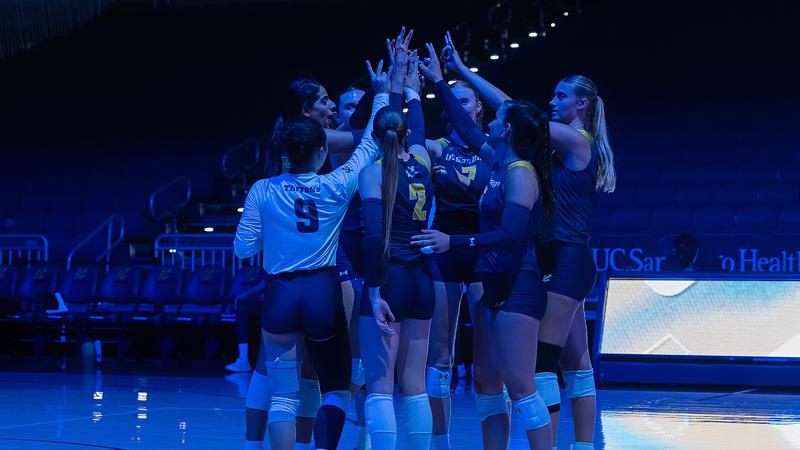The Utes improved to 5-1 and 2-1 in Big 12 Conference play with their…
Category: 4. Sports
-

Utah Routs No. 21 Arizona State, Improves to 5-1
SALT LAKE CITY — The Utah football team throttled No. 21 Arizona State 42-10 on a rain-soaked, storm-delayed night in front of 51,444 fans at Rice-Eccles Stadium on Saturday. -
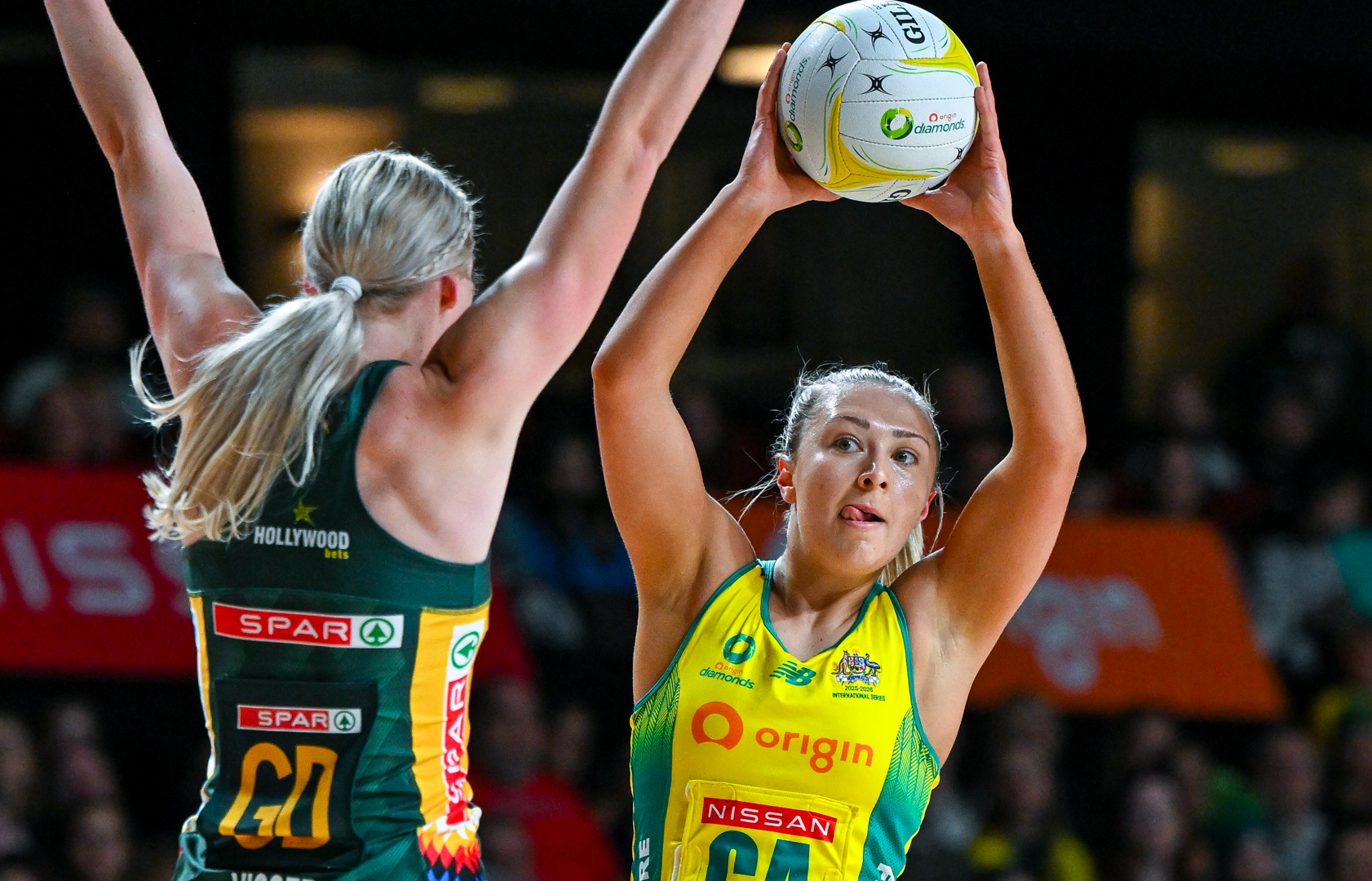
Diamonds claim SA Series clean sweep
The Origin Australian Diamonds have claimed the South Africa Series 3-0.
By Sophie Taylor
A threatening display of international netball put the South Africa Series to a close at Adelaide Entertainment Centre on…
Continue Reading
-

Boise State Pulls Away Late to Top New Mexico 41-25 – New Mexico Lobos
POSTGAME NOTES
This was the 15th meeting between the two teams.
The Boise State now leads 14-1
Boise State now leads the series in Boise 8-1
Boise State leads the series in Albuquerque 6-0Boise State now has a eight-game winning streak in the…
Continue Reading
-

Pohlkamp and Geisel Lead No. 5 Denver to Home-Opening Victory
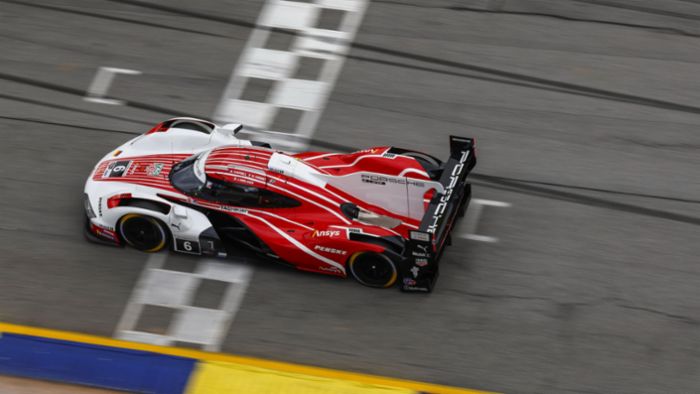
Porsche wins manufacturer, team, and driver championships in IMSA 2025
1. All information offered on Porsche Newsroom, including but not limited to, texts, images, audio and video documents, are subject to copyright or other legislation for the protection of intellectual property. They are intended…
Continue Reading
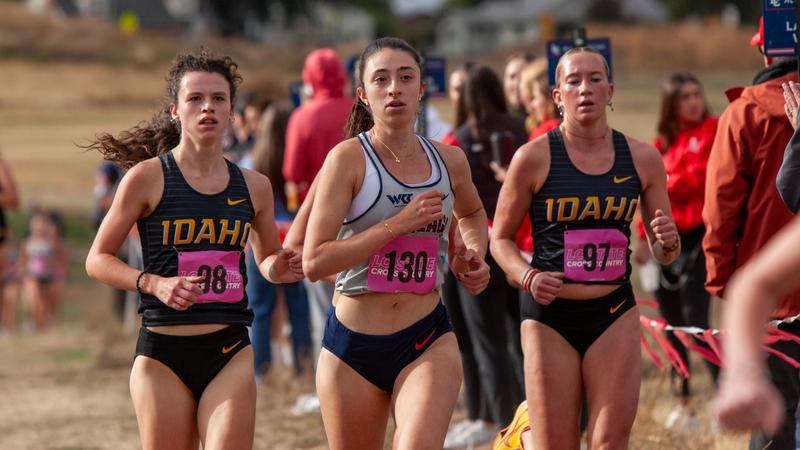
Idaho Closes Regular Season with Strong Lewis-Clark Invitational
LEWISTON, Idaho – Idaho cross country closed its 2025 regular season Saturday at the Lewis-Clark…
Continue Reading
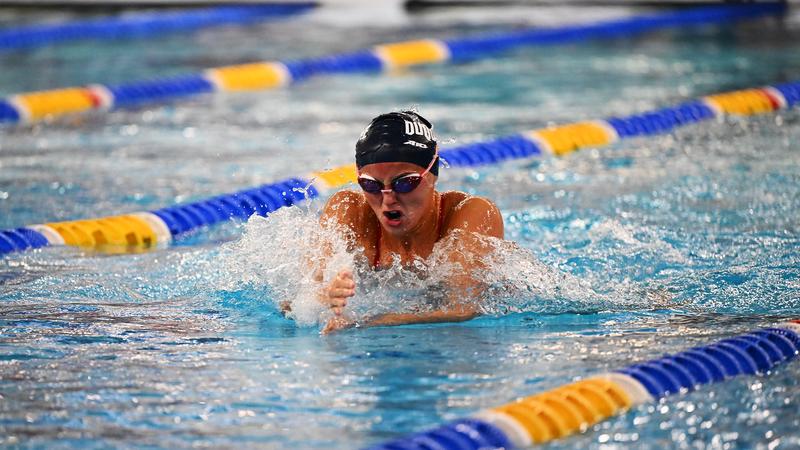
Dukes Turn in Strong Effort at Pitt Relays
Pittsburgh, Pa. – The Duquesne University swimming team opened its 2025–26 season on Saturday, competing at…
Continue Reading
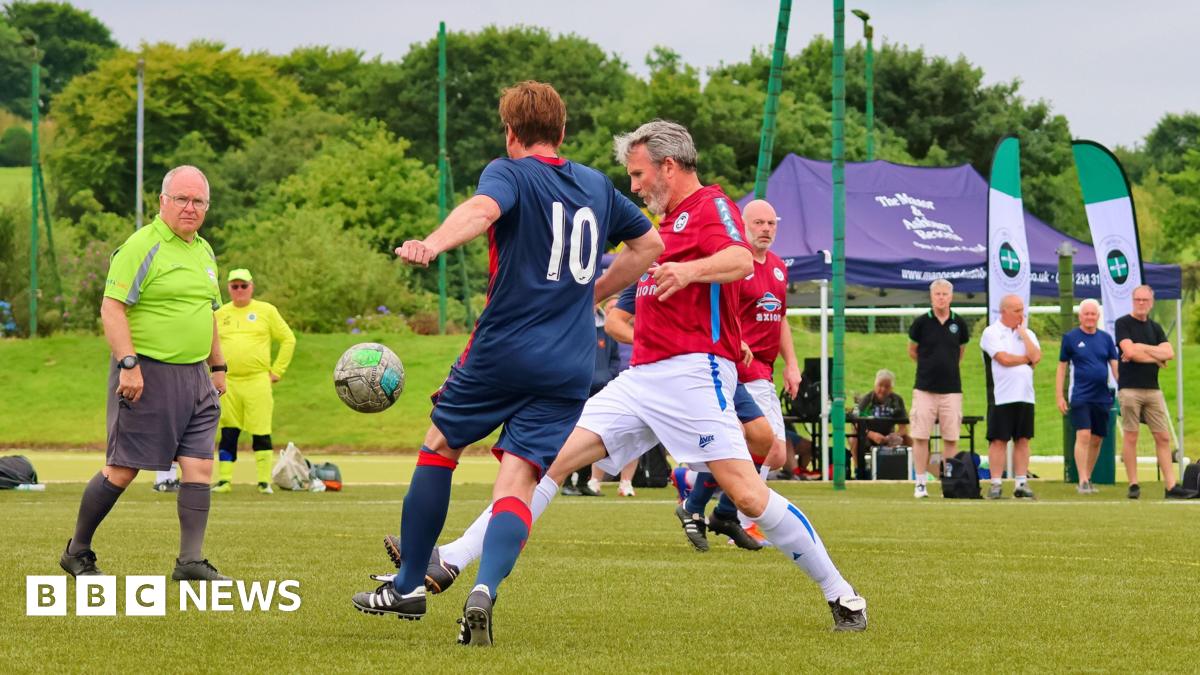
Walking football event taking place in Devon
About 200 people are expected to take part in a walking football tournament in Devon on Sunday.
Devon Walking Football Club, which is hosting the event at Ashbury Resorts near Okehampton, said 24 teams from across the country were due to take…
Continue Reading

